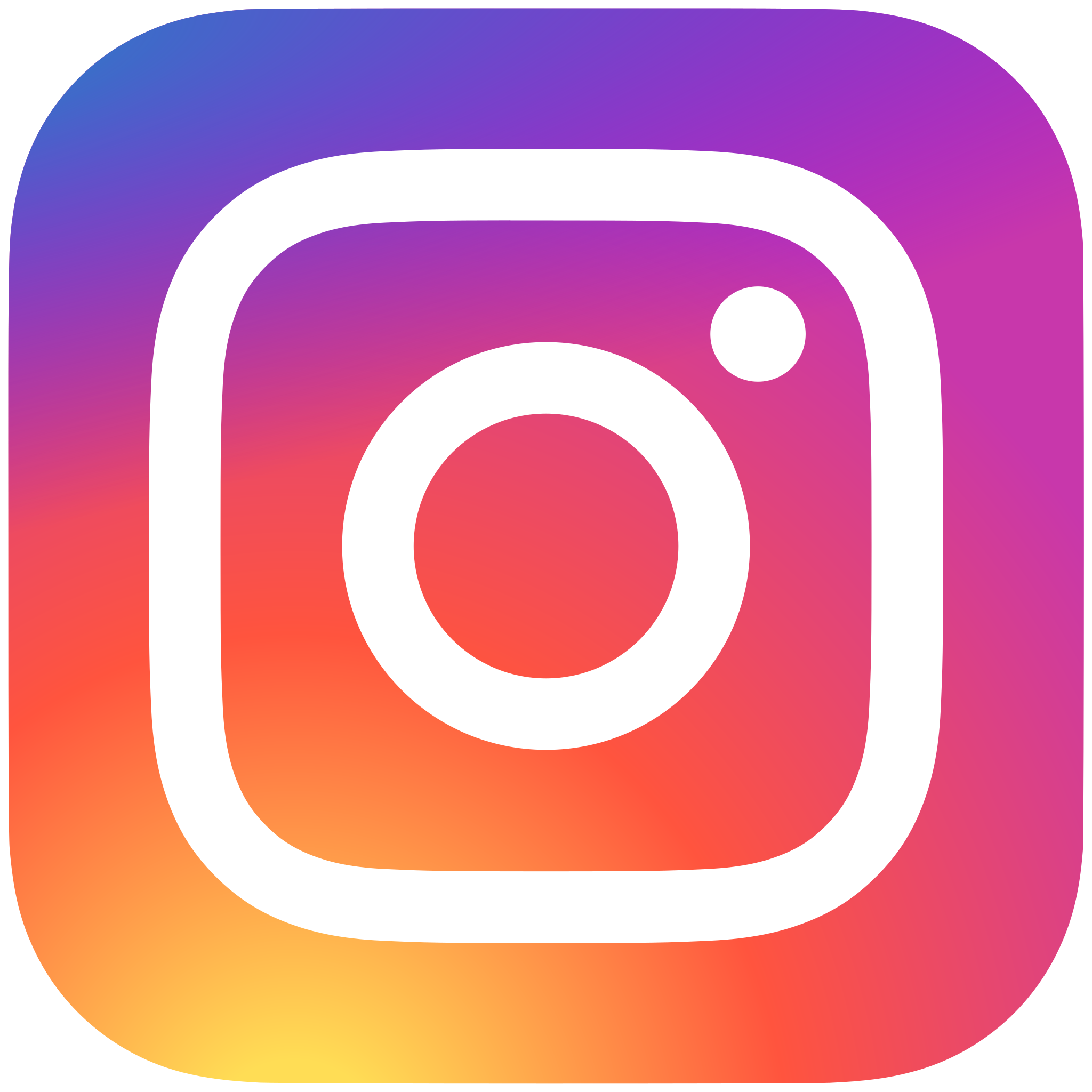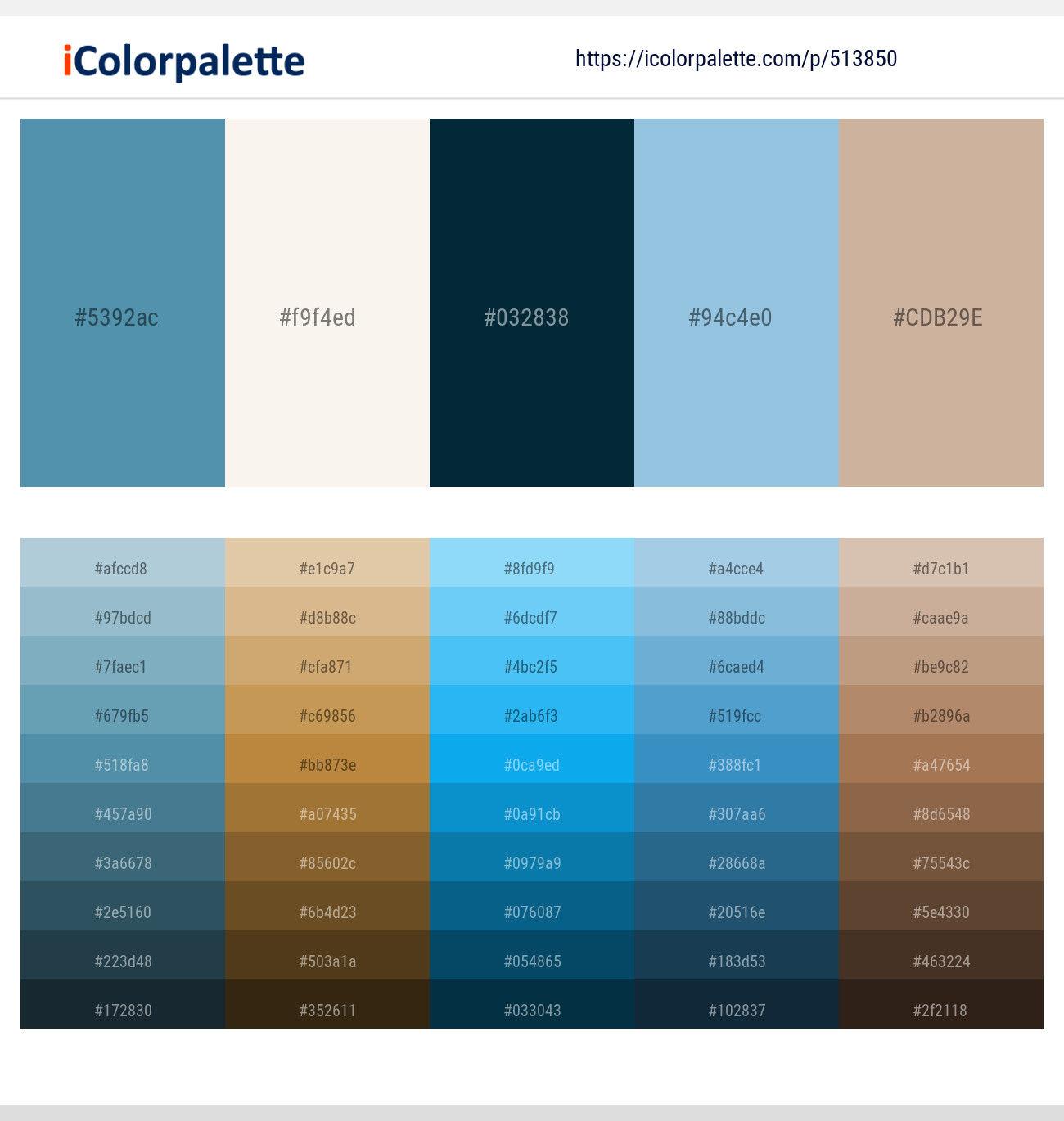The film, Trial N3, follows Diana Rem, a struggling college student who enters a hypnotherapy trial for money and eventually realizes that her reality and fantasy have melted together. The experimentation with doppelgangers and loss of identity are themes that are prominent throughout the work and are significant for the meaning of the piece
Diana’s character was inspired by the world around me during the college application process. Seeing how students are willing to do anything for a scholarship or even just for a free gift card was baffling to me. I began to imagine what lengths a human would go to for the sake of money, especially a teenager who often makes reckless decisions and doesn’t think of the consequences. I created Diana Rem as a representation of a struggling teenager who is willing to go to extreme lengths and to enter a medical trial to help pay for her tuition as mentioned in the trailer. Not only was this a critique on teenage behavior but also on the college application experience and the difficult reality of financial aid. Although this is briefly mentioned in the film, it is a heavy influence on the overall topic and is a predominant social issue that it represents.
.jpg)
The entire concept of why it would be a medical trial was heavily inspired by Black Mirror’s “Playtest” episode. It follows a man who comes in to try out a new VR game where he faces extreme horrors and insecurities but it is later revealed that he dies because of a chip malfunction. The doctors and supervisors quickly dismiss his death and move onto the next. My film is a heavy critique on the disregard for human life in the medical experimentation field and the inhumanity that is often displayed. I thought it to be important that the film was called Trial N3 because that’s exactly what Diana was to her doctors, simply another trial and simply another subject.

Since Trial N3 is a psychological thriller with jumpscares and heavy themes, the target audience is 18-30. The main character serves to appeal to that middle age range but the content is what allows for it to be for an older audience. My choice to market predominantly on Instagram was well-thought out for specific reasons. Social Media platforms are what brings the most success to productions nowadays because audiences from ages 10-50 are all logged onto different apps. Instagram was the best fit for me and the best way to engage with my audience because it’s accessible, has easy content to understand and lastly, gets the most views. During my research I checked out Stranger Thing’s marketing on Instagram because of their similar age range and saw extreme success on there.
My film was heavily inspired by Black Mirror, Hypnotic and Maniac. Most of my research and my inspiration was for how to actually structure a trailer. I wanted to master how to show a little bit without revealing the entire plot to the audience and losing the product’s appeal. Since the concept of my film was so niche it was difficult to find exact inspiration. I've always been impacted and inspired by past things that I've viewed and I think that's where this all comes into play. I want my piece to be my brain but also draw inspiration as a tribute to things that I've found beautiful in film over the years. The conventions that I followed were putting in title slides with phrases in the trailer to make the viewing experience more dynamic and also easier to digest. Having so much content to watch, especially with a film like this can be quite overwhelming so these title slides help to break up all of the information. I also did use specific sounds like the ticking of a clock which I saw used a lot in hypnosis films because it resembles the audio cues used in the actual process.
The branding aspect of Trial N3 was what I had the most incredible time with. The first weeks of my planning for this film, I worked on fonts and colors. I felt that to create this brand I had to have cohesive elements that all present the same message. I had a lot of fun witht he spiral and color background because it felt authentic to the hypnosis spiral stereotype. I felt like I took that idea and made it my own and I absolutely loved that.


As you can see, the first image was the rough draft of my movie poster that had an internally different font. The one I ended up choosing had a futuristic and simple feel that went with the overall theme of a medical trial. When it came down to my color scheme, I chose a blue and beige palette for the marketing, that’s complemented by the basic black and white. The blues and the white work together to create a cold, eerie feeling that is meant to be constant throughout the production. The other neutral colors are embedded with the idea of cool and warm tones that compliment each other and are needed to balance out composition. This would be natural things like her hair, clothes and skin color. This is best seen on the @trialn3 Instagram page that I designed the grid for.

For my posters, I had two very different vertical ones that served distinct purposes. One had more information: my actress' name, my production company, the rating, title and release date. However, the second one which is cleaner and more simple only has the title, Martina's name and the release date. I did this because in my universe where I am an actual director and Martina is an actual actress, we are both well-known. When this would be released to the public, her name and side profile would be instantly recognized and would be an important selling point.
My end "credits" in both trailers that said the release date, title and also had the netflix logo were made on Canva and also carried this same black and blue aesthetic to make the look cohesive. For me, color is very significant when branding because it makes your audience immediately know that it is you. For example, Barbie's pink campaign is instantly recognizable.
While I researched, I discovered the importance of tone and pacing in trailer, and how to use it to convey a message to viewers. My strengths with this project were that I envisioned absolutely everything, from the campaign to the shots to the colors. However, my main struggle was how to format the trailers to make them distinctly different. At first I tried doing one that was character focused and the other that was entirely genre focused, but it didn’t work. After struggling a bit with my concept, I decided to differentiate the trailer by their tones at the beginning and how it develops the plot. My first trailer begins with Diana and Scarlet’s conversation as they first discover the ad for hypnotherapy together. The upbeat music and light feel is a direct contrast to the end of the trailer where Diana is seen questioning her identity in the mirror. The second trailer is dark and cold from the beginning and rarely shows the other character at all. This solitary and distant feel is what makes it stand out from Trailer 1’s initial warmth.
Overall, I am extremely proud of what I have created. I have always struggled with procrastination and time management but I absolutely met my own expectations. I filmed on week 6 and had my concepts all developed by Week 8. I let myself have that wiggle room for error and any last minute change that I wanted. I would say that I could improve some editing and add some shots to make the storyline flow better in the trailer but I am very pleased with how my marketing and overall branding worked out.
.png)

.jpg)






.jpg)

.jpg)






.png)
